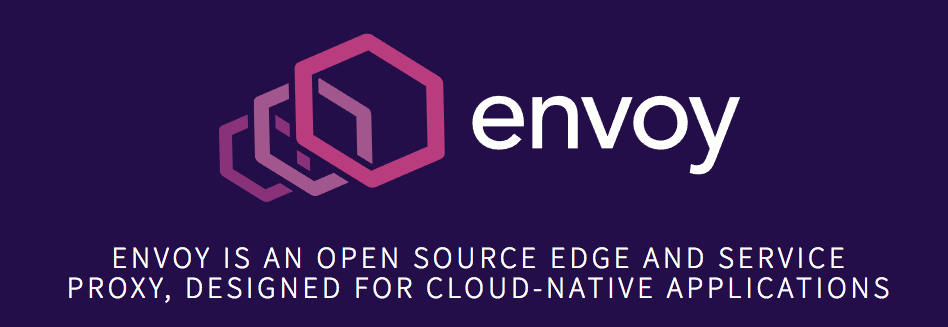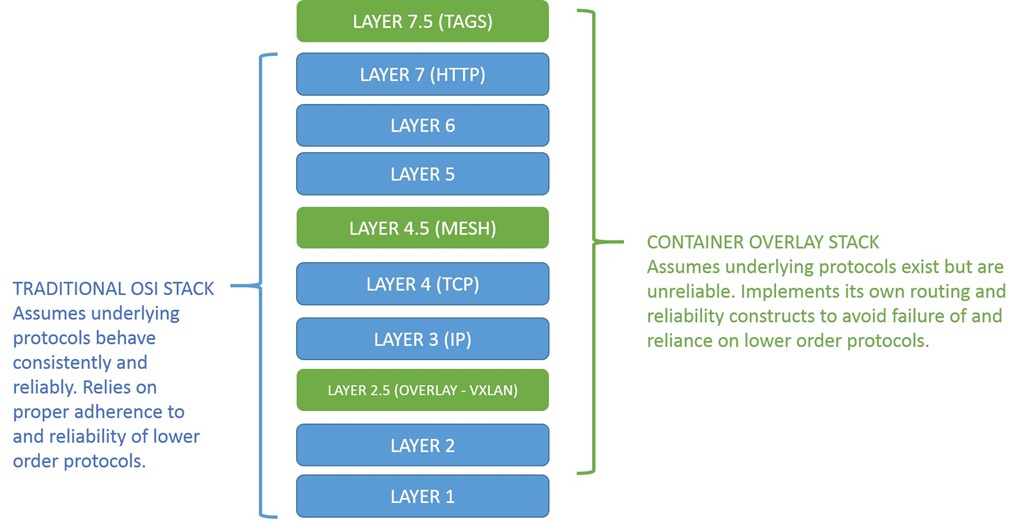CHAOS ENGINEERING
with
SERVICE MESH
Julien Bisconti
Software Engineer / SRE

slides: bisconti.cloud
contact: g.dev/julien

Outline
- Genesis
- Service mesh: architecture and features
- Demo of Envoy and Istio
- Chaos Engineering: concepts & origin
- Demo of fault-injection
- Q&A
at the beginning there was an
APP
and the app was code
that needed to scale
👉 microservices
Deployment
Containers: lightweight VMs
- 12 factor app
- easier deploy
- reproducible build
but ...
Deployment concerns
- Scaling up and down
- Redundancy
- Scheduling / Orchestration
- Service Discovery
- Resiliency
- Rolling out and back
- Health checks
- Secret and config
➡️ kubernetes
but ...
8 fallacies of distributed computing
- The network is reliable.
- Latency is zero.
- Bandwidth is infinite.
- The network is secure.
- Topology doesn't change.
- There is one administrator.
- Transport cost is zero.
- The network is homogeneous.
source (wikipedia)
RFC 1925 ( 12 Networking Truths )
Kubernetes concerns
- Logging
- Tracing
- Metrics
- Dependency visualisation
- Service identity and Auth
- Circuit breaking
- Traffic flow and policies
- Failover
- Fault injection
- ...
➡️ ️ use code?
drawbacks
- combination language/framework/version/feature
- maintain, upgrade, migrate, retire
- code pollution and complexity (+ testing)
- deployment / rolling update
- language/framework/version lock-in
- debugging
➡️ ️ move it to the infrastructure
Data plane

The network should be transparent to applications.
When network and application problems do occur it should be easy to determine the source of the problem.
How to manage a fleet of envoy proxy?
Service Mesh
What is a service mesh
What problems does it solve
Communication between services
A network for services, not bytes
How does it solve inter service communication

 source
sourceWhat's in the code
details = {
"name" : "http://details:9080",
"endpoint" : "details",
"children" : []
}
ratings = {
"name" : "http://ratings:9080",
"endpoint" : "ratings",
"children" : []
}
Traffic Management
apiVersion: networking.istio.io/v1alpha3
kind: VirtualService
metadata:
name: reviews
...
spec:
hosts:
- reviews
http:
- match:
- headers:
end-user:
exact: jason
route:
- destination:
host: reviews
subset: v2
- route:
- destination:
host: reviews
subset: v1
Resiliency
apiVersion: networking.istio.io/v1alpha3
kind: VirtualService
metadata:
name: reviews
spec:
hosts:
- reviews
http:
- route:
- destination:
host: reviews
subset: v2
retries:
attempts: 3
perTryTimeout: 2s
Security
- namespace-level and service-level policies
- mutual TLS Authentication
- role-based access control (RBAC)
Observability
- Metrics (prometheus)
- Logs (fluentd)
- Tracing (jaeger)
- Cluster traffic (kiali)
DEMO

QUESTIONS about service mesh
List of service meshes
Resources
CHAOS ENGINEERING
Chaos Engineering is the discipline of experimenting on a distributed system in order to build confidence in the system’s capability to withstand turbulent conditions in production.
— principlesofchaos.org
Thoughtful, planned experiments designed to reveal the weakness in our systems.
— Kolton Andrus (cofounder and CEO of Gremlin Inc.)

Chaos Engineering isn't done to cause problems; it is done to reveal them.
— Nora Jones (Netflix)
Chaos Engineering is exploratory testing of non-functional requirements where ‘non-functional requirements’ are the requirements that if not met render a service non-functional.
— @littleidea
Having a child: Chaos Engineering for everything in your life.
— @icecrime
What Chaos Engineering is not

Hope is not a strategy
Usually untested
- Graceful shutdown
- Health check
- Cascading timeouts
- Deployments (smoke test)
Type of errors
- Unreachable
- Delays
- Timeout cascading
- Circuit breaker
Site Reliability Engineering
- Identify weaknesses
- Improve resiliency
- SLI, SLO, SLA
Gameday
What happens when ________ ? [fill in the blank]
example: Breaking DynamoDB
Organization failures
Expect failure and learn from it
- High Severity Incident Management Program
- If you don't learn from it, it will happen again!
- Practice: It's a cultural approach to failure
- Publish reports (RCA) and results
Kaizen (改善)
kai-zen = change-good

Word of caution
"Chaos": sounds cool and fun for you.
"Resiliency": sounds great for your manager and the system.
Results of Chaos Engineering = resiliency
Article: Would a Chaos by any other Name
How to start Chaos Engineering
- Don't mention "Chaos" yet - talk about goals
- Set up monitoring !!!
- Identify a measurable output for "steady state"
- Form a hypothesis
- Simulate real-world events
- Disprove your hypothesis
- Write a report with findings and mesurements
- Talk about the "Chaos" experiment
- Practice and improve
DEMO

Resources
- What's a service mesh
- SRE book
- SLI, SLO, SLA
- [Talk] Lyft's envoy
- Istio Networking Api explained (Video)
- Gremlin Blog
- Chaos Engineering Cheat sheet
- [Talk] Chaos Engineering: Why the World Needs More Resilient Systems
- Chaos Engineering Book
- Chaos Engineering: the history, principles, and practice
- ⭐️ Awesome Chaos Engineering
- [Talk] Choose Your Own Adventure: Chaos Engineering
- Would a Chaos by any other Name
THANK YOU
and I'm sorry 🙏
If you had to maintain my code
I hope you learned more by maintaining it
than me by writing it
Slides made with Reveal.js and hugo-reveal